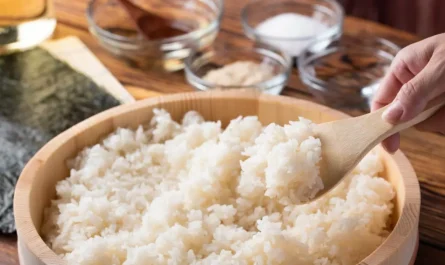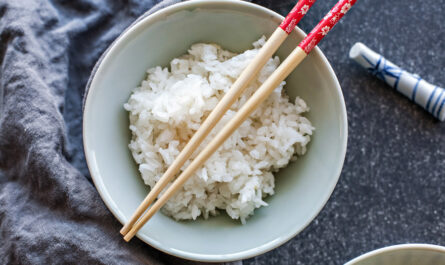Sushi lovers often find themselves fascinated by the artistry behind this popular Japanese dish. But what many may not realize is that the tools used in crafting sushi are equally important. Understanding the ‘Types of Sushi Knives Explained‘ not only enhances ones appreciation for sushi but also provides insight into the culinary skills of the chef.

Introduction to Sushi Knives
Sushi knives are more than just cutting tools; they are an extension of a chef’s hand, crafted with precision to ensure each slice of fish or vegetable is perfect. The variety of sushi knives used by chefs is designed to cater to different types of cutting techniques required in sushi preparation.
The Importance of Choosing the Right Knife
Choosing the right sushi knife can significantly impact the quality of the sushi. Different knives are crafted for specific purposes, whether it’s filleting, cutting rolls, or slicing intricate garnishes.
Yanagiba
The Yanagiba is a long, thin knife perfect for slicing raw fish. Its design ensures a smooth, clean cut, maintaining the texture and flavor of the fish. More about precise fish cutting is explored on School of Sushi.
Deba
The Deba knife is typically used for filleting fish. Its thick spine can handle fish bones with ease, making it essential for breaking down whole fish.
Usuba
For vegetable cutting, the Usuba is the go-to knife. Its flat edge makes it suitable for thin slices and garnishes, providing aesthetic appeal to dishes.
Other Specialty Sushi Knives
Santoku
The Santoku is a multipurpose knife, perfect for home cooks who frequently prepare sushi and other Asian dishes. It combines features of both European and Japanese culinary tools.
A French Twist
The Gyuto is the Japanese equivalent of the chef’s knife and is incredibly versatile. It’s ideal for those who often combine Western and Japanese cooking techniques in their kitchen.
Maintenance of Sushi Knives
Proper maintenance ensures the longevity of your sushi knives. Regular sharpening and careful storage are crucial to maintaining their edge and preventing damage.
Sharpening Techniques
Sharpening should be done using a whetstone, allowing chefs to maintain an optimal cutting edge. For beginners, online tutorials and classes are available to master this skill.
Storage Solutions
Using protective sheaths and dedicated storage racks helps avoid accidents and keeps the knives safe from environmental damage.
Sushi Knife Purchasing Tips
When purchasing a sushi knife, consider the style of cooking you do most frequently. High-end knives are an investment but can make a significant difference in your culinary creations.
Budget Considerations
Balancing quality and cost is essential. While high-quality knives can be pricey, they often last a lifetime with proper care.
Conclusion
Understanding the ‘types of sushi knives explained‘ enriches any sushi lover’s experience. From choosing the right knife to mastering the art of maintenance, each element plays a role in creating the perfect sushi dish. For those interested in cooking tips beyond sushi, the [pressure cooking guide](https://sushiandrice.com/how-to-cook-foxtail-millet-in-pressure-cooker/) offers valuable insights.

FAQs
What is the best knife for slicing sushi?
The Yanagiba knife is ideal for slicing sushi, providing clean cuts with minimal friction.
How often should I sharpen my sushi knife?
Depending on usage, regular chefs sharpen their knives weekly, while home cooks may sharpen them less frequently.
Can sushi knives be used for other types of cooking?
Yes, while designed for sushi, these knives can often be used for other culinary tasks due to their precision.
This article contains affiliate links. We may earn a commission at no extra cost to you.



